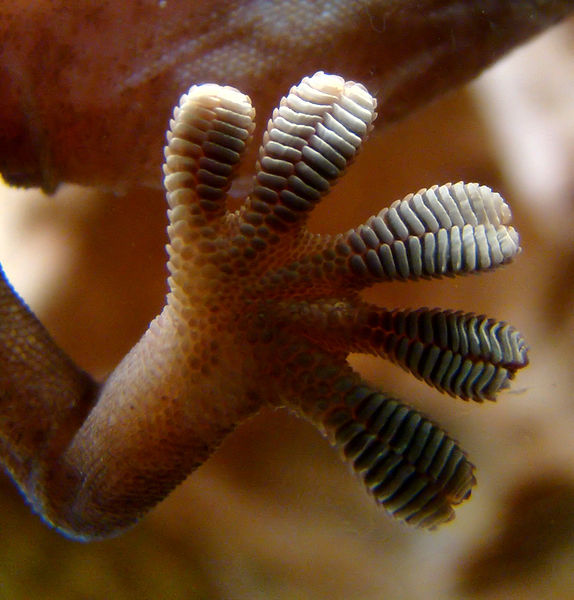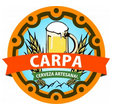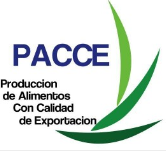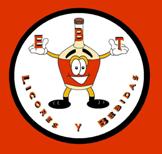How Geckos Stick on der Waals
Tuesday, August 27, 2002 (All day)
Scientists have put to rest the age-old question of how geckos stick to walls. The answer is van der Waals forces, molecular attractions that operate over very small distances. The researchers are already trying to use their discovery to make wall-climbing robots and design materials that stick to dry surfaces.
At least since Aristotle, scientists have wondered how geckos stick to walls. They long ago ruled out hypotheses involving sticky secretions, suction cups, and tiny hooks, leaving only two possibilities. One is that the tropical lizards stick to surfaces via a thin film of water. Because water molecules are polar–their electrical charges are unevenly distributed–they might stick to some polar molecule in geckos’ feet. The other possibility is that geckos stick because of the van der Waals force. This force comes from fluctuations in charge distributions between neighboring molecules, which need not be polar; their charge fluctuations naturally fall into synch, creating an attractive force.
Semiconductors helped decide between the two hypotheses. Biologist Kellar Autumn of Lewis and Clark College in Portland, Oregon, and colleagues tested whether geckos could stick to silicon dioxide, which is polar, and to gallium arsenide, which is not. The lizards’ feet were equally sticky on the two surfaces, proving that van der Waals forces are at work, the team reports in the 27 August online issue of the Proceedings of the National Academy of Sciences. The reason a gecko foot adheres–and yours doesn’t–is that it is coated with millions of tiny hairs (ScienceNOW, 8 June 2000).
Anthony Russell of the University of Calgary calls the study “elegant,” but says the complex hairs and feet of the 850 known species of gecko still hold plenty of secrets. In particular, nobody knows what adaptations work on which kinds of natural surfaces. To Matthew Tirrell, dean of engineering at the University of California, Santa Barbara, that means new inventions based on gecko hair will not be simple to design.
Autumn and his team are undaunted. They already hold two patents based on their discovery and are even working with the iRobot company in Somerville, Massachusetts, and the U.S. Department of Defense to build a wall-climbing robot. “I can’t watch the Spider-Man movie without thinking, ‘We can do better than that,’ ” he says. “After all, geckos eat spiders.”
http://news.sciencemag.org/2002/08/how-geckos-stick-der-waals

 orcid.org/0000-0001-6003-7487
orcid.org/0000-0001-6003-7487







 - ULA
- ULA Guia de Alta Montaña
Guia de Alta Montaña Industrial Chemistry – Texas A&M
Industrial Chemistry – Texas A&M Laboratorio FIRP
Laboratorio FIRP Materials Learning – Cambridge Univ.
Materials Learning – Cambridge Univ. Petroleum Refining – Colorado Univ.
Petroleum Refining – Colorado Univ. COLMEQUIM
COLMEQUIM BIOVEN
BIOVEN CARPA
CARPA GUMMYN
GUMMYN PACCE
PACCE PharmaQuim
PharmaQuim PRODELIM
PRODELIM WATERFRESH
WATERFRESH ALITOS
ALITOS Biocosmetiq's
Biocosmetiq's E.B.T. Bebidas y Licores
E.B.T. Bebidas y Licores GELES BETA C.A
GELES BETA C.A NatuVie
NatuVie Productos de Gel de Aloe Vera
Productos de Gel de Aloe Vera Determer
Determer PECTIPRODS Mérida
PECTIPRODS Mérida PETROING C.A.
PETROING C.A. Soft&Pure
Soft&Pure ALQUIVEN C.A.
ALQUIVEN C.A. Deshoil C.A.
Deshoil C.A. Ecopetroliq’s
Ecopetroliq’s Pequinoil S.A
Pequinoil S.A PetroCrack CA
PetroCrack CA Petrol C.A.
Petrol C.A. REFILUB
REFILUB